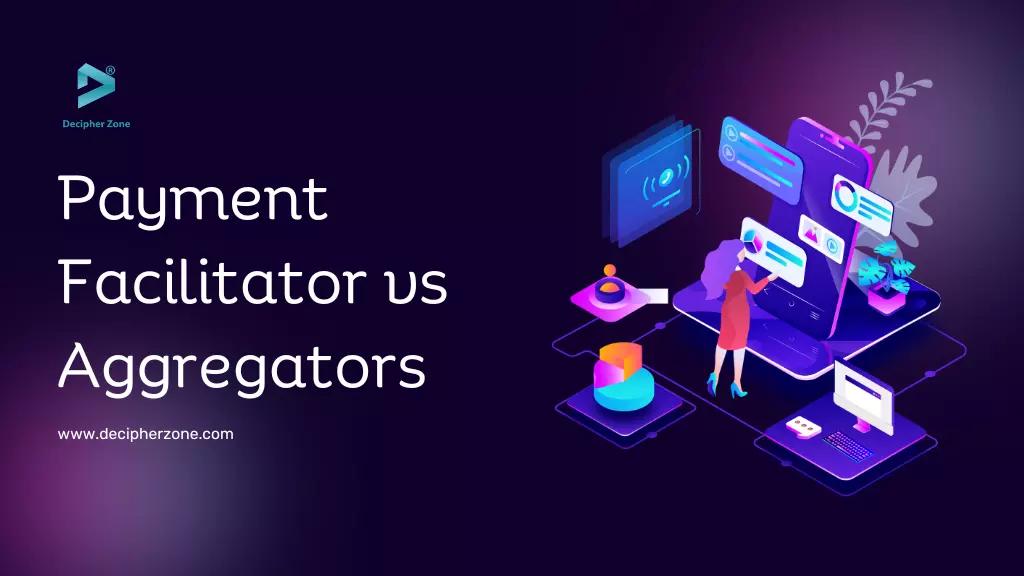The payment lifecycle has numerous gears, and several words to characterize them. In the dark, you may discover new thoughts. Payment aggregators and facilitators are often confused. They are used interchangeably yet mean distinct things.
Be calm. You’ll understand if financial transactions will grow. Let's break down what payment aggregator and payment facilitator have in common and where they vary.
Who handles transactions?
Let's define who processes a transaction to comprehend each idea. Transaction processing requires four pillars:
-
Card issuer (bank that issued buyer's card);
-
Acquirer (bank that handles merchant payments);
-
Cardholder (buyer);
-
Merchant (a store that takes cards).
Read: Payment Gateway Development
Let's compare the payment's behind-the-scenes components.
Payment facilitator—what's that?
Payfacs register merchants as sub-merchants and facilitate payment acceptance. Online payment processing requires a merchant account from a payment facilitator with suitable infrastructure and compliance.
What is the function of a payment facilitator?
As a sub-merchant under their master MID, payfacs helps merchants process payments.
Payfacs created a sub-merchant platform to simplify merchant account setup, which used to take weeks. It involves an acquirer-approved payment facilitator. Payfacs may quickly enroll sub-merchants under their master account.
Read: Future of Payment Gateways
Merchants like this arrangement because payment facilitators bear the risk of the master account. Individual merchant accounts are possible, but difficult.
Why payfac?
-
Fast onboarding. Fewer parties mean you can start receiving payments faster.
-
Better control. Merchant support and customer assistance are not outsourced.
-
PCI-DSS compliance. Your master merchant's PCI compliance may alleviate this load.
-
Revenue growth. Since you control the process, your payments partner will frequently split more income with you, increasing your bottom line.
-
Fraud-control. Payfacs also handle this.
Read: Top 5 Payment Gateways for your Web Application
Payment aggregators—what's that?
Payment aggregators transmit online shop payments to the customer's organization.
Read: Escrow Payment Solutions For Your MarketPlace
It supports cash-on-delivery, Visa, MasterCard, and virtual currencies. Only a payment aggregator can organize electronic settlements swiftly and simply. Every virtual business person needs it.
How does it operate?
A customer orders online. The buyer selects and submits payment information on the payment page. Then, the online store's payment aggregator verifies and conducts the transaction. After processing the money, the aggregator redirects the customer to the online store's website and transmits the results to the server.
Read: How To Start A Business Online
Payment aggregator benefits
-
Versatility. They integrate all payment methods at once.
-
Time-efficiency. Instant payments.
-
Cost-effectiveness. Akurateco payment aggregators charge less than particular payment systems.
-
Reports. Merchants may evaluate transaction data.
-
Easy use. Easy payment interface.
While the restrictions on transactions imposed by payment aggregators may be reasonable for startups, they might impede the growth of more ambitious companies.
Read: Financial Services Software Solutions
A facilitator, in contrast to an aggregator, assigns a unique MID to each merchant using its platform. In contrast, the former exclusively utilizes its own merchant ID for handling financial transactions.
From the standpoint of the end user, the advantages provided by aggregators and facilitators are the same. Due to their more basic structure, aggregators may often provide cheaper processing for fewer transactions. However, they are not a good fit for businesses that process a lot of daily transactions.

